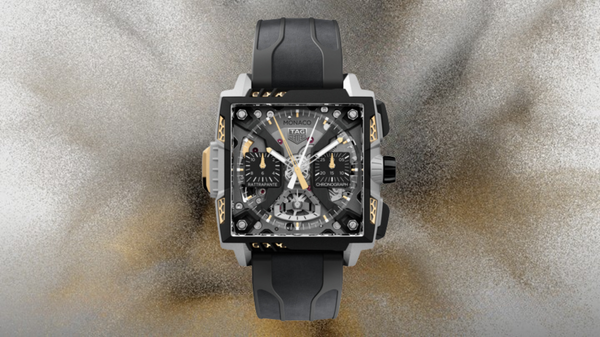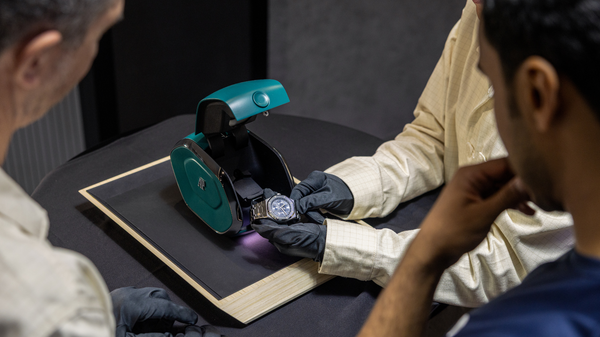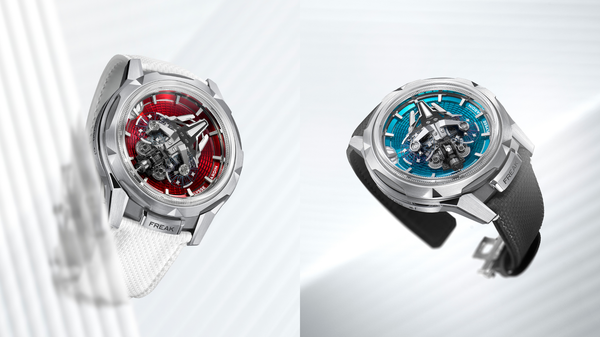Sink or Swim? The Truth About Your Watch’s Water Resistance
Water resistance is primarily determined by pressure, not depth. Know the ratings and enjoy your watch confidently in any environment.
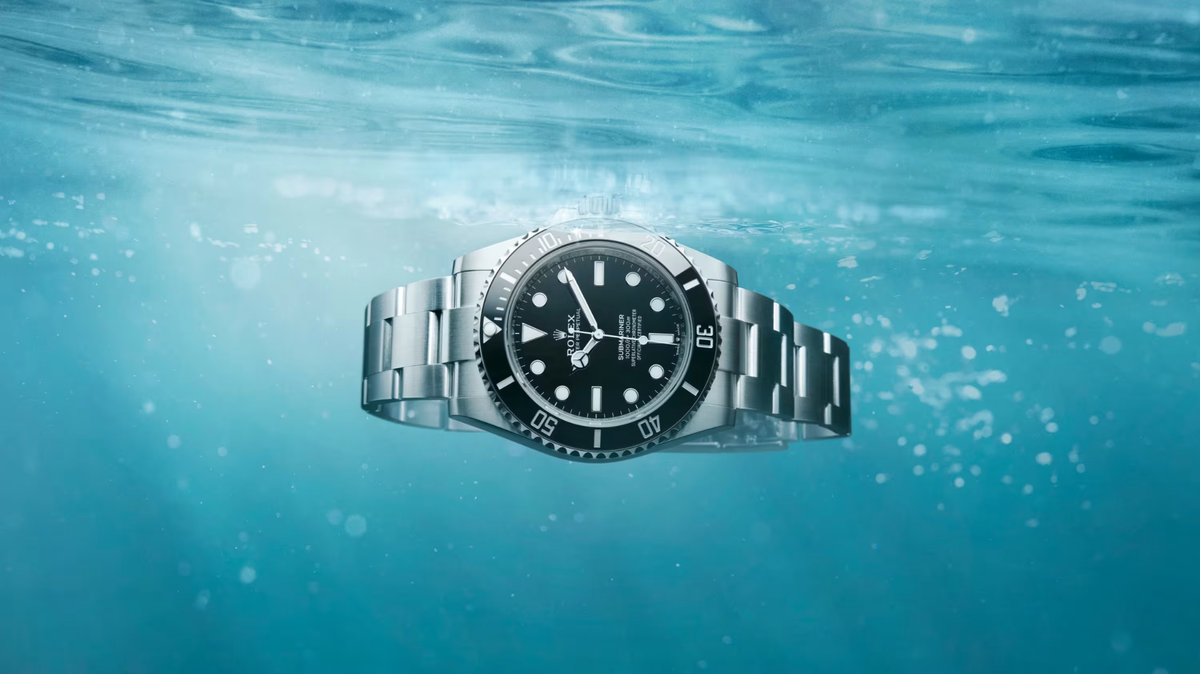
You are standing at the edge of the pool at an alpine spa, stepping onto the deck of a yacht in the Aegean, or slipping into a hotel bath after a long-haul flight, and you glance at your wrist. Should this watch come with me into the water?
It is a question that strikes a balance between curiosity and caution. For owners of fine mechanical timepieces, water is both an element of pleasure and a potential threat.
Understanding what “water resistant” really means can transform hesitation into confidence and help you enjoy your watch in every setting.
The Truth Behind the Numbers
The number on your case back, 30 metres, 50 metres, 100 metres, or perhaps 30 ATM, is not a literal promise. These figures come from pressure tests conducted in controlled laboratory conditions with the watch held perfectly still.
They indicate the level of pressure the case can withstand in those conditions, not how deep you can dive with the watch in the real world.
A watch marked 30 ATM is not simply a small step up from 30 metres; it is in a completely different class. One atmosphere (ATM) corresponds to the pressure at sea level, so 30 ATM means the watch has been tested to withstand the pressure found 300 metres beneath the surface.
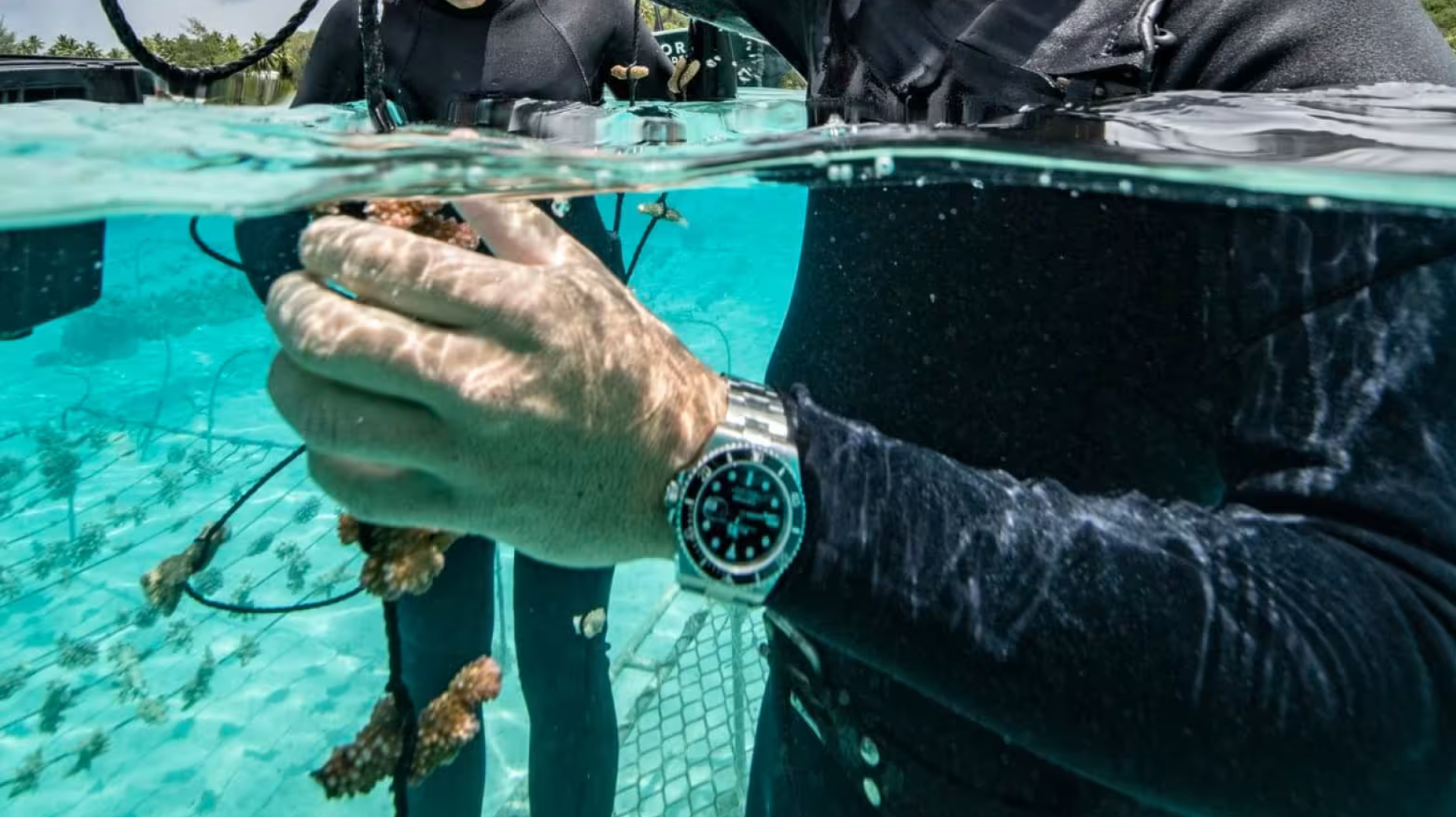
That is professional diver’s watch territory, designed for deep water exploration rather than casual poolside wear.
ATM vs Metres
ATM stands for “atmospheres” and refers to the pressure a watch can endure rather than a literal depth.
1 ATM ≈ 10 metres of static water pressure.
So 30 ATM equates to 300 metres, making it a true professional diving specification.
A Guide to Water Resistance
Think of water resistance as a spectrum of confidence:
- 30 metres (3 ATM): Resistant to splashes and rain, but not suitable for bathing or swimming.
- 50 metres (5 ATM): Safe for gentle swimming.
- 100 metres (10 ATM): Perfect for swimming, snorkelling, and most water sports.
- 200 metres (20 ATM): A serious dive watch, suitable for recreational scuba diving.
- 300 metres and beyond (30 ATM and higher): Professional-grade diver’s watches, built for extreme depths.
Some maisons go further still, producing models rated for 1,000 metres or more, complete with helium escape valves for saturation diving. These are triumphs of horological engineering, admired as much for their capability as their aesthetic.
Credit: Rolex
Water resistance is achieved through extraordinary precision. Tiny gaskets form seals around the crown, pushers, crystal, and case back.
Over time, these gaskets harden and lose their resilience, which is why brands recommend water-resistance checks annually, or before a major trip involving water.
The screw-down crown is the hallmark of a true aquatic companion. That last twist, until you feel the reassuring stop, is your signal that the watch is ready for adventure.
After swimming, especially in salt water or chlorinated pools, rinse the watch with fresh water and dry it carefully with a soft cloth.
Never operate the crown or pushers while submerged. These rituals keep your watch performing flawlessly and preserve its finish.
When properly understood, water resistance is liberating. It allows you to move effortlessly from spa to yacht, from city hotel to coral reef, without hesitation.
By knowing what the numbers mean and keeping your watch properly serviced, you turn water resistance from a warning into a quiet assurance that your watch is ready to accompany you anywhere.

